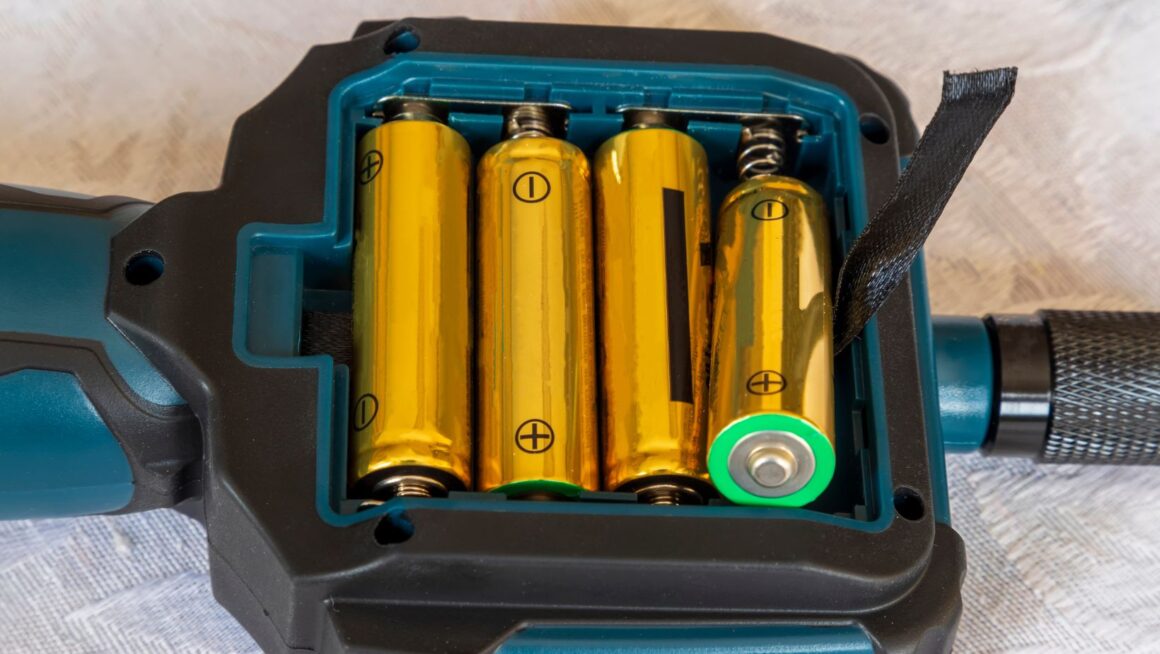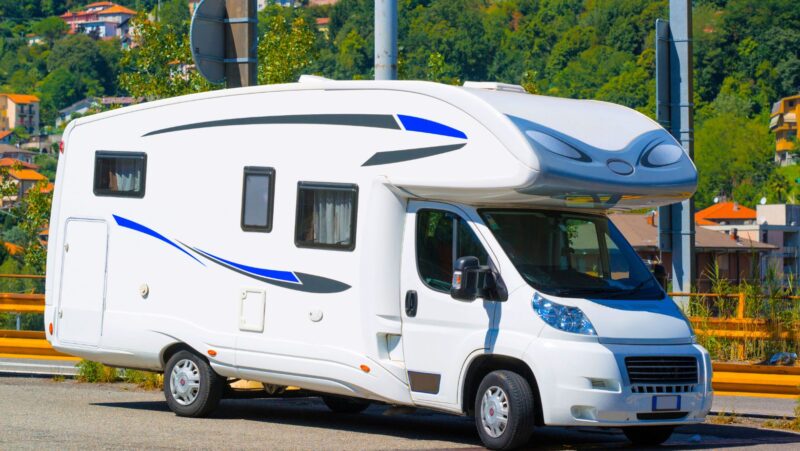
When it comes to enjoying outdoor adventures, whether it’s camping, caravanning, or just a day out in nature, having a reliable power source is essential. Leisure batteries are designed to power your essential gadgets and appliances, but choosing the right one can sometimes feel overwhelming. Let’s break down the key factors you should consider to ensure you make the best choice for your leisure needs.
Understanding Leisure Batteries
Leisure batteries are distinct from standard car batteries because they’re built for deep cycling. This means that they can repeatedly discharge and recharge without significant damage. They are vital for activities that require a sustained power supply over long periods, such as powering lights, fridges, and other amenities in a caravan or campervan.
Types of Leisure Batteries
1 Lead-Acid Batteries: These are among the most common types of leisure batteries. They are cost-effective but can be heavy and require regular maintenance.
2 AGM (Absorbent Glass Mat) Batteries: This type is sealed, maintenance-free, and can handle deeper discharges. They are well-suited for mobile applications like caravans.
3 Lithium Batteries: Although more expensive, lithium batteries are lightweight and have a longer lifespan. They can also handle a higher cycle count, making them perfect for frequent travellers.
4 Gel Batteries: Offering safety and maintenance-free operation, gel batteries perform adequately in varied conditions but typically have a lower discharge rate than AGM batteries.

With so many options available, it’s essential to understand the unique needs of your setup. If you’re planning on extended trips or frequent use, investing in high-quality batteries designed for travel can pay off in the long run. You can shop durable batteries designed for travel use, ensuring reliability in all your adventures.
Determining Your Power Needs
Knowing how much power you will need is crucial when selecting a leisure battery. Consider all the devices you plan to use and how often you will rely on them. Here are some steps to help you gauge your requirements:
1 List Your Appliances: Enumerate all the gadgets and appliances you wish to run. This includes lighting, heating, cooking devices, and electronic gadgets.
2 Calculate Power Consumption: Each appliance has a wattage rating. Multiply the wattage by the hours you intend to use each device to find the total watt-hours needed.
3 Consider the Battery Capacity: Leisure batteries are rated in amp-hours (Ah). To convert watt-hours to amp-hours, divide the watt-hours by the battery voltage (typically 12V for leisure batteries). This calculation will help you determine the size and capacity of the battery you’ll need.
4 Factor in Buffer: It’s advisable to account for a safety margin, especially if your calculations nearly meet the battery’s capacity. This will prevent unexpected power shortages.
Selecting the Right Output
The output of the battery is another significant consideration. You need to determine whether you require a stable voltage or if you can manage with variable outputs. High-draw appliances like microwaves or air conditioning units may require a battery with a high discharge rate.
Seeking Expert Advice
The vast array of options and technical specifications can be daunting, which is where expert advice becomes invaluable. Opting to consult professionals or seasoned travellers can provide you with insights tailored to your specific needs. Here’s how expert guidance can elevate your decision-making process:
• Personalised Recommendations: Experts can suggest optimum battery types based on your intended usage patterns and lifestyle.
• Installation Tips: If you’re unsure how to install the battery safely and efficiently, professionals can offer advice that ensures reliability and safety.
• Maintenance Guidance: Understanding how to maintain your battery will affect its lifespan. Experts can share tips that help you extend the life of your investment.
• Access to Quality Products: Knowledgeable retailers often provide access to premium products that might not be widely available.
Practical Considerations
When you’ve narrowed down your choices, other practical aspects should also be considered.
1 Weight and Size: Make sure the chosen battery fits into your recreational vehicle without compromising space or safety.
2 Budgeting: While it can be tempting to go for the most affordable option, pushing your budget a little can result in better quality and longer-lasting performance.
3 Warranty and Customer Support: A good warranty can offer peace of mind. Look for manufacturers who provide robust customer support and assistance.
4 Eco-Friendliness: Consider the environmental impact of your battery choice. Some existing models are designed for enhanced sustainability, which may be an attractive option for eco-conscious consumers.
Conclusion
Investing time and effort into understanding leisure batteries can dramatically improve your outdoor experience. By carefully assessing your needs, consulting with experts, and selecting the right battery type and capacity, you can enjoy your adventures without worrying about power shortages. With the right preparation and products, your outdoor experiences will be powered by dependable energy sources, allowing you to focus on enjoying the great outdoors.
Taking the plunge into the world of leisure batteries doesn’t have to be a leap into the unknown; equipped with knowledge and the right resources, you’ll be well prepared for your journeys ahead.












